A Comprehensive Guide to CCTV Systems: Cameras, Setup, and Pricing
4/13/20251 min read
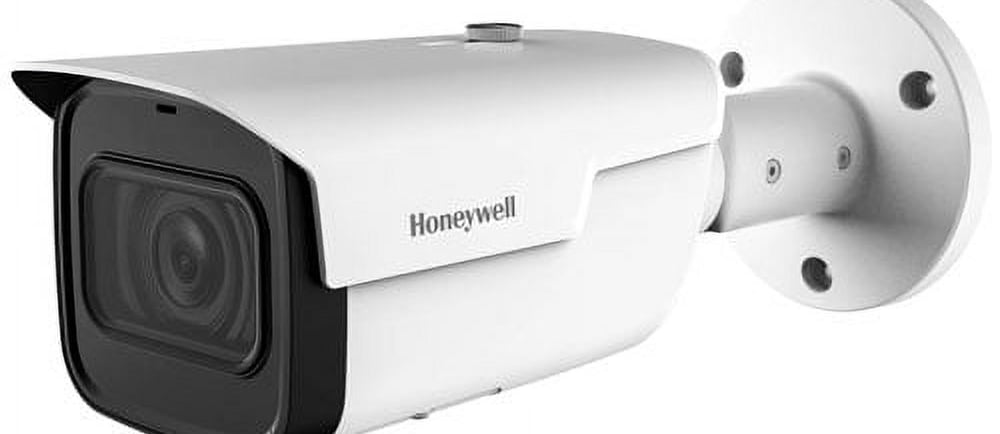

Understanding CCTV Systems
Closed-Circuit Television (CCTV) systems have become an essential component of modern security measures for both residential and commercial properties. These systems provide surveillance and monitoring capabilities, ensuring that safety is prioritized. In this guide, we will discuss various aspects of CCTV systems, including camera types, installation processes, and pricing structures.
Types of CCTV Cameras
When selecting a CCTV system, it's crucial to consider the types of cameras available. There are several options, including dome cameras, bullet cameras, and PTZ (pan-tilt-zoom) cameras. Dome cameras are usually more discreet and are ideal for indoor surveillance, while bullet cameras are better suited for outdoor environments due to their robust construction. PTZ cameras offer the versatility of remote control, allowing users to adjust the camera angle and zoom in on specific areas, which can be particularly beneficial for large properties.
Setting Up Your CCTV System
The installation of a CCTV system can vary significantly based on the complexity and requirements of the site. Generally, it begins with a thorough assessment to determine the optimal camera placement. This involves identifying key areas that require monitoring, such as entrances, exits, and high-traffic zones. After determining the placements, the next step is to consider the wiring and power supply for the cameras. Wired systems often provide more reliable performance, whereas wireless systems offer ease of installation and flexibility. Regardless of the chosen type, proper setup and configuration are vital to ensure the system functions effectively.
Pricing Considerations
When budgeting for a CCTV system, several factors affect the overall cost, including the number of cameras, types of cameras chosen, and installation fees. On average, prices can range from several hundred to several thousand dollars, depending on the required features and specifications. Additionally, ongoing costs such as maintenance, storage solutions, and monitoring services should also be taken into account when planning your security budget.
Investing in a CCTV system is not merely about purchasing cameras; it is about establishing a comprehensive security solution tailored to your specific needs. By understanding the types of cameras, setup processes, and associated costs, you can make an informed decision that maximizes safety and security.


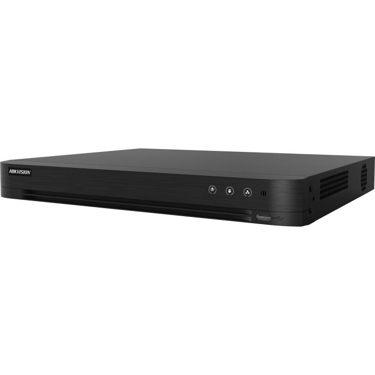


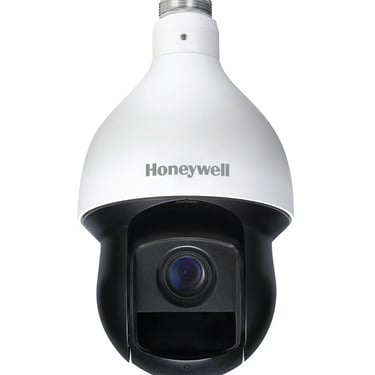


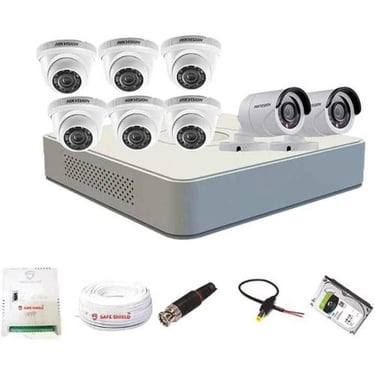
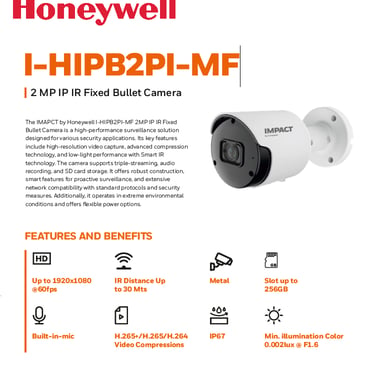

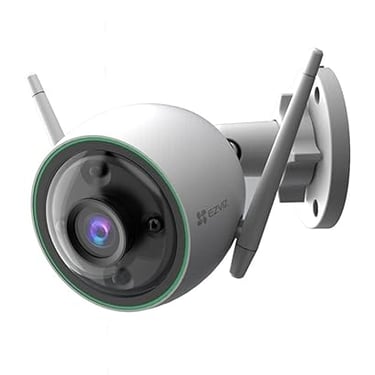

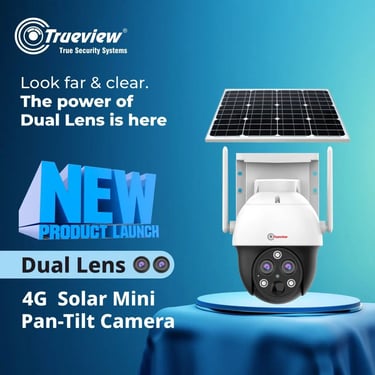
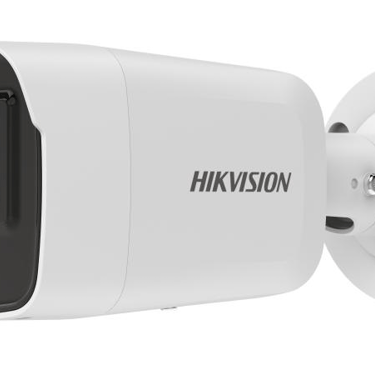

Once you confirm, I can prepare a ready-to-use bulk order details document or email template for Nirman Communication.
Brands we Deal in :
Write y📦 CCTV cameras (Dome, Bullet, PTZ, etc.)
👮♂️ Body-worn cameras
📶 Network devices (NVRs, DVRs, Switches, etc.)
💰 Or do you need a bulk order inquiry form / price list / quotation format?our text here...






